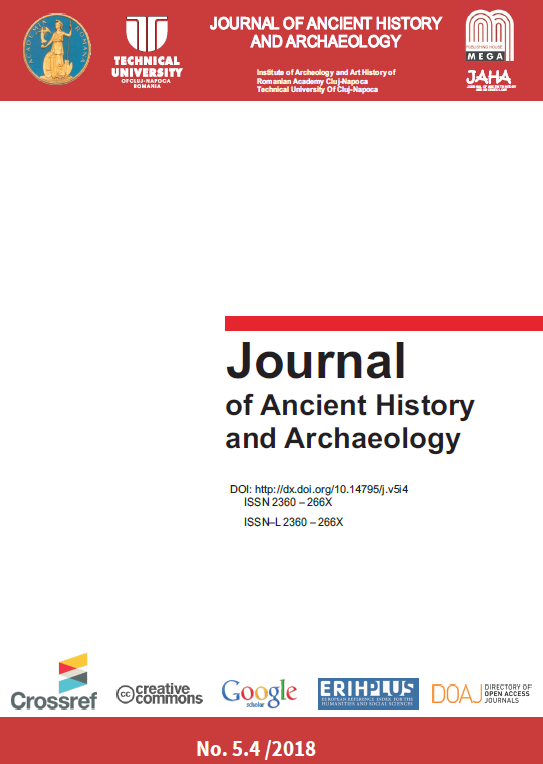THE REFLECTION OF PERSONAL AND COLLECTIVE TRAGEDIES IN ANCIENT SOURCES 1. PERSONAL TRAGEDIES IN ROMAN EPIGRAPHY
THE REFLECTION OF PERSONAL AND COLLECTIVE TRAGEDIES IN ANCIENT SOURCES 1. PERSONAL TRAGEDIES IN ROMAN EPIGRAPHY
Author(s): Rada Varga, Annamária – Izabella PázsintSubject(s): History, Archaeology, Ancient World
Published by: Editura Mega Print SRL
Keywords: latrones; brigands; murder; commemoration;
Summary/Abstract: The present paper is the first part of a series of articles dedicated to the concept of tragedy in the Roman Empire. While the first article will focus on personal tragedies, as seen through the epigraphic attestations of violence, the second article will focus on collective tragedies, bringing together, and matching both the epigraphic evidence and the literary sources, in an attempt to reconstruct, through the lenses of the Empire’s population, the violent events of that time. By personal tragedies we understand any act of violence which lead to the harm, or death of an individual inflicted by other humans, and not by natural disasters. In this category we are not including those events which have a tragic input on one’s life (i.e. the death of family members), only those which are the result of a violent act.The sample we have worked on proved to be moderate quantitatively, but it provided interesting information on Roman epigraphic habits, social life and even social psychology, offering a glimpse into the perils of the Roman world and people’s responses when faced with them and with the losses they inflicted.The present paper is the first part of a series of articles dedicated to the concept of tragedy in the Roman Empire. While the first article will focus on personal tragedies, as seen through the epigraphic attestations of violence, the second article will focus on collective tragedies, bringing together, and matching both the epigraphic evidence and the literary sources, in an attempt to reconstruct, through the lenses of the Empire’s population, the violent events of that time. By personal tragedies we understand any act of violence which lead to the harm, or death of an individual inflicted by other humans, and not by natural disasters. In this category we are not including those events which have a tragic input on one’s life (i.e. the death of family members), only those which are the result of a violent act.The sample we have worked on proved to be moderate quantitatively, but it provided interesting information on Roman epigraphic habits, social life and even social psychology, offering a glimpse into the perils of the Roman world and people’s responses when faced with them and with the losses they inflicted.The present paper is the first part of a series of articles dedicated to the concept of tragedy in the Roman Empire. While the first article will focus on personal tragedies, as seen through the epigraphic attestations of violence, the second article will focus on collective tragedies, bringing together, and matching both the epigraphic evidence and the literary sources, in an attempt to reconstruct, through the lenses of the Empire’s population, the violent events of that time. By personal tragedies we understand any act of violence which lead to the harm, or death of an individual inflicted by other humans, and not by natural disasters. In this category we are not including those events which have a tragic input on one’s life (i.e. the death of family members), only those which are the result of a violent act.The sample we have worked on proved to be moderate quantitatively, but it provided interesting information on Roman epigraphic habits, social life and even social psychology, offering a glimpse into the perils of the Roman world and people’s responses when faced with them and with the losses they inflicted.
Journal: Journal of Ancient History and Archaeology
- Issue Year: 5/2018
- Issue No: 4
- Page Range: 22-31
- Page Count: 10
- Language: English

